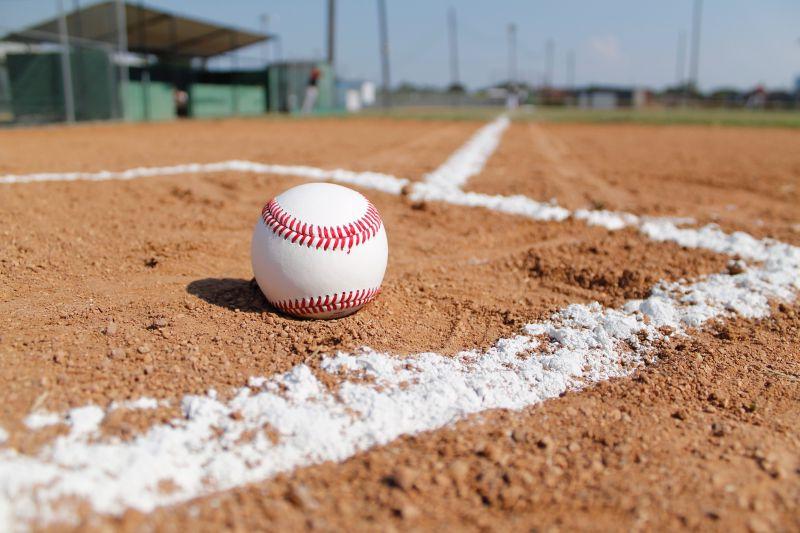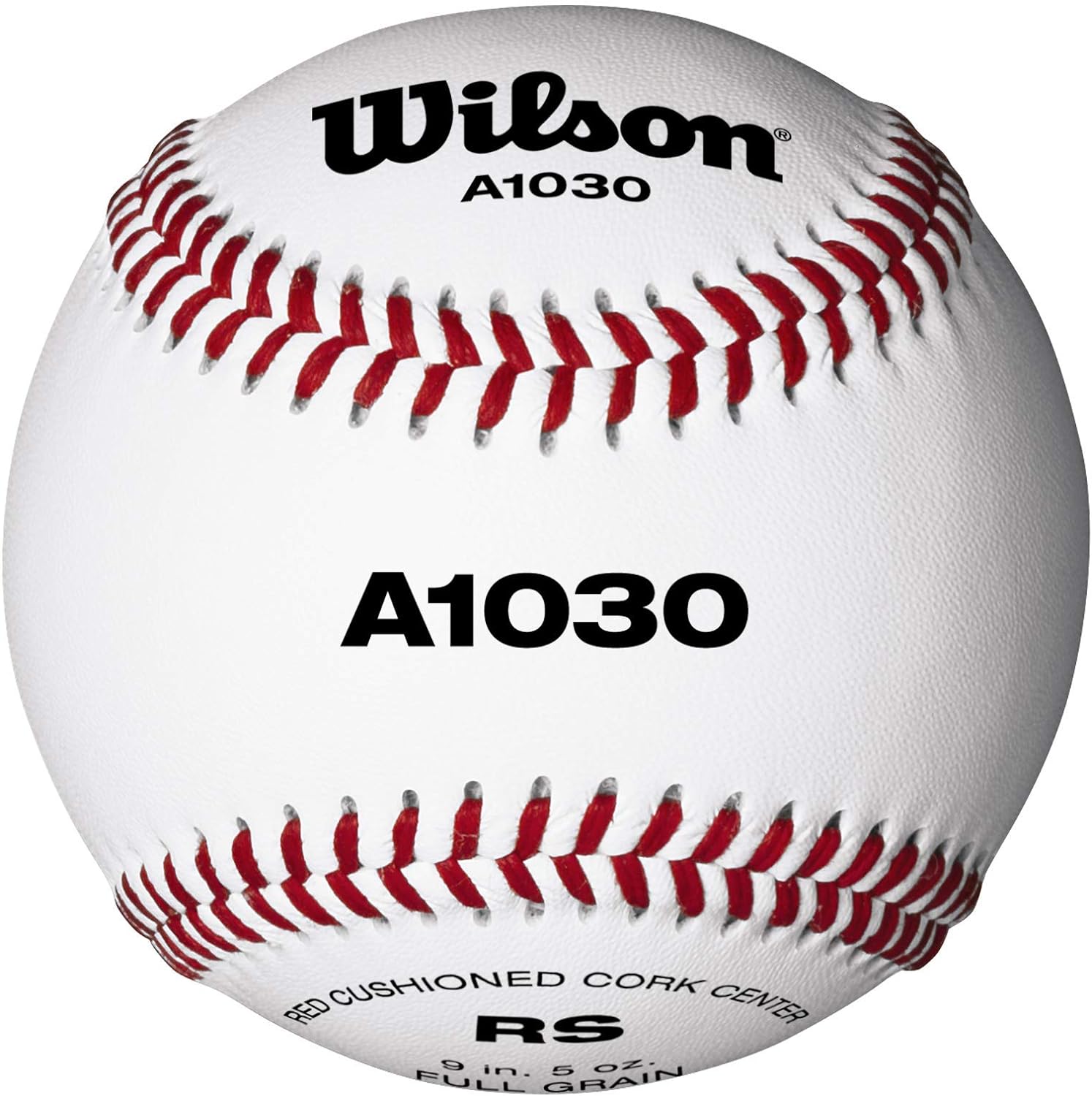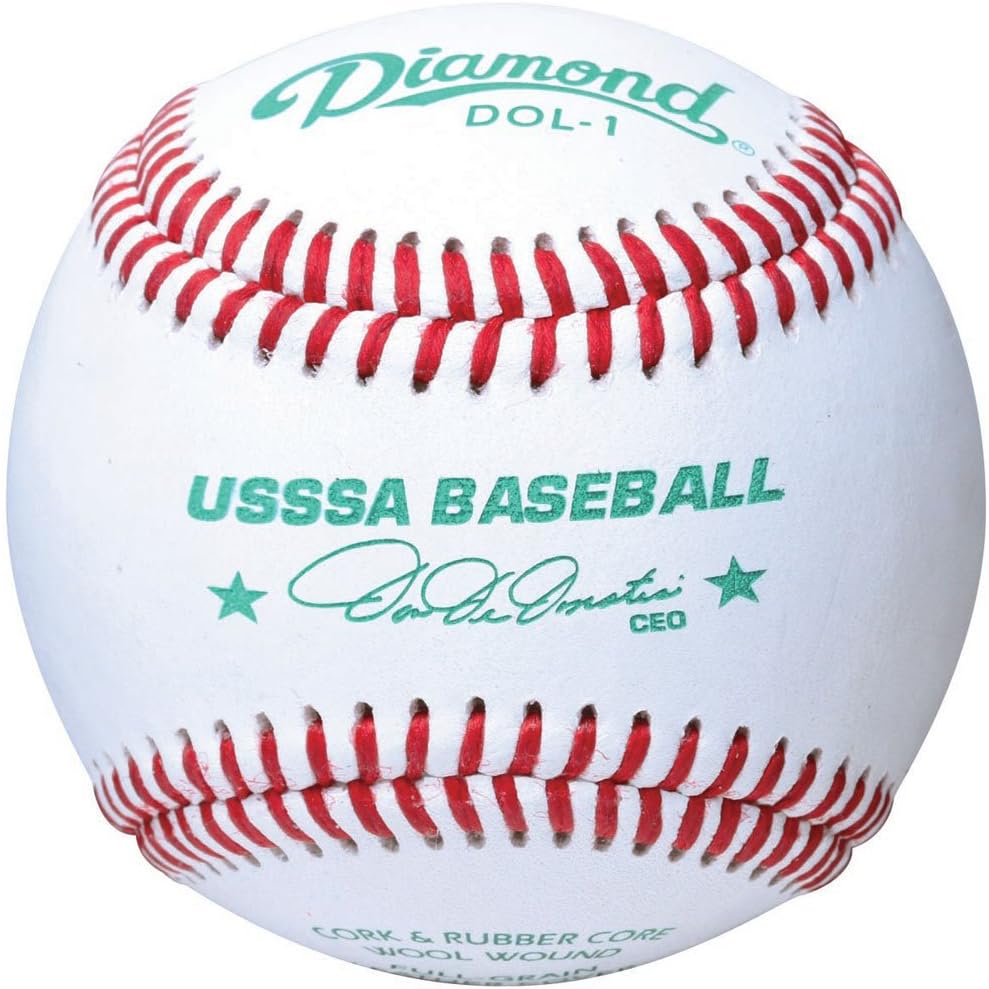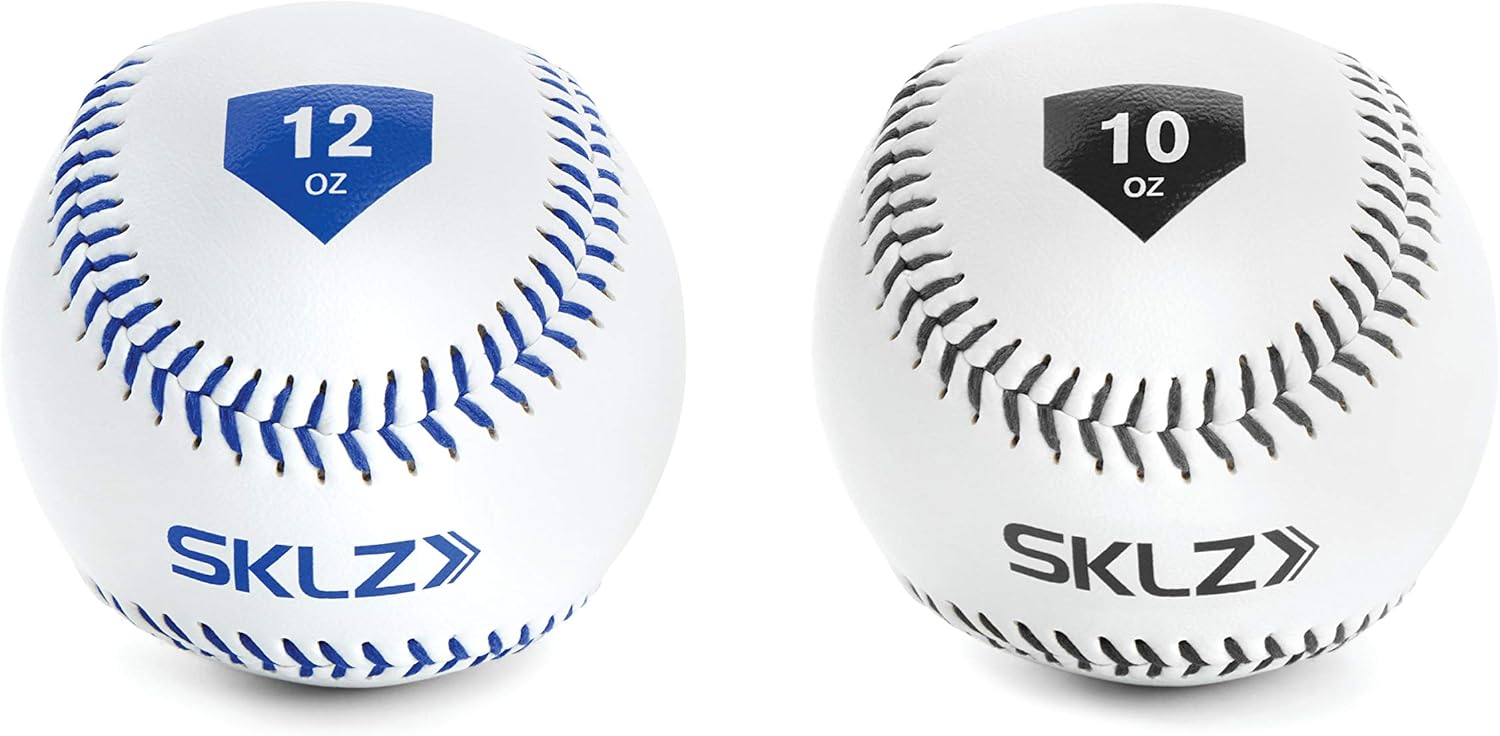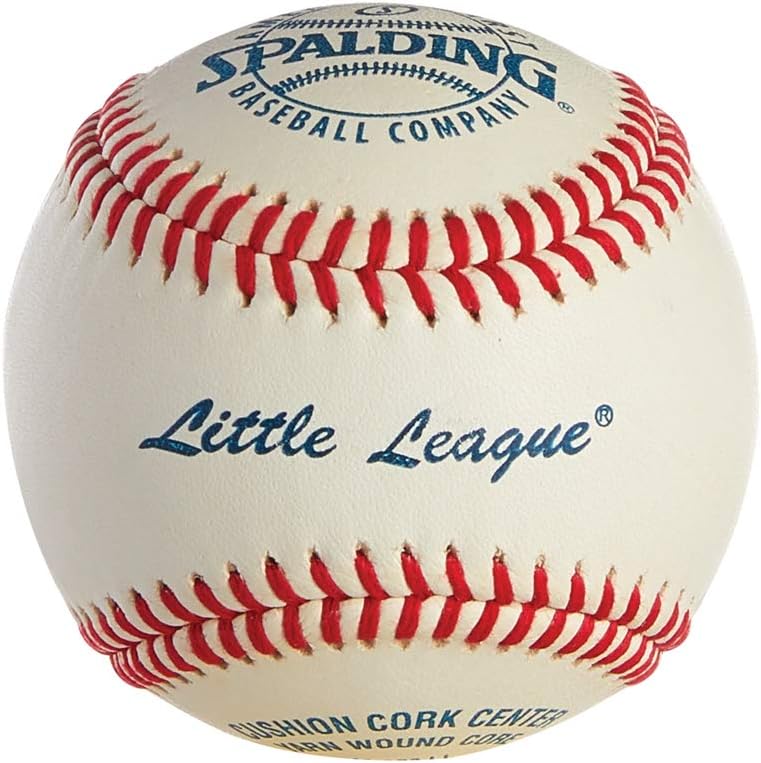Baseball has its roots in various “bat-and-ball” games played in Europe, but it evolved into its modern form in the United States during the mid-19th century.The first recorded baseball-like game in the US was played in 1839 in New York. The game was gradually refined, and the first set of official rules was published in 1845.Baseball gained international recognition in the 20th century, with the formation of the International Baseball Federation (IBAF) in 1938. It was included in the Olympic Games in 1992 and will return as a medal sport in the 2028 Los Angeles Olympics.

Types Of Baseballs
As someone who has a passion for baseball, I can describe the various types of baseballs used in the sport from my perspective.
When it comes to baseball, the ball itself plays a crucial role in the game. The most common type of baseball used in professional and amateur leagues is the official Major League Baseball (MLB) ball. This ball is made of yarn wound around a rubber or cork center, covered with white horsehide or cowhide leather, and is carefully crafted to ensure consistency and durability. The official MLB ball is the standard for all professional and many amateur games in the United States and around the world.
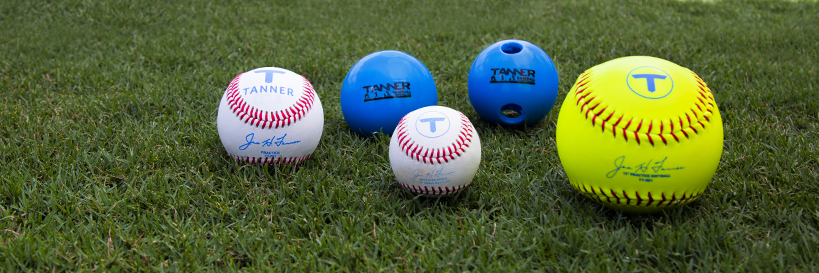
In addition to the official MLB ball, there are also baseballs designed specifically for practice or training purposes. These balls often differ from the official game ball in terms of material composition, weight, and durability. For instance, some practice balls are made with softer leather or synthetic materials, making them easier to grip and hit during drills. These balls can be invaluable tools for players looking to refine their swing or fielding skills.
Another type of baseball that I’ve encountered is the “dimpled” or “two-piece” ball. These balls, as the name suggests, have dimples or indentations on their surface, which can affect their flight pattern and trajectory. Dimpled balls are often used in youth leagues or for recreational play, as they can make the game more accessible to beginners.
Characteristics Of A Baseballs
I can speak about the characteristics of baseballs from my perspective. Here are some key aspects that define a baseball:
- Material and Construction: A standard baseball is made of leather, typically cowhide, stitched together in a specific pattern to create a durable and consistent ball. The cover is designed to withstand the impact of being hit by a bat and to provide the necessary grip for pitchers and fielders.
- Weight and Size: A regulation baseball weighs between 5 and 5.25 ounces and has a circumference of approximately 9 to 9.25 inches. This standardized weight and size ensure fairness in competition and allow players to develop consistent skills.
- Compression: Baseballs come in different compression ratings, which refer to how tightly the ball is wound. Higher compression balls tend to be firmer and respond better to harder hits, while lower compression balls may feel softer and be easier to control for pitchers.
- Durability: Baseballs are designed to withstand repeated use, though they will eventually wear out over time. The leather cover and stitching are crucial for durability, as they help maintain the ball’s shape and grip.
- Performance: The performance of a baseball can vary depending on factors such as weather conditions, age of the ball, and the surface it’s played on. Newer baseballs tend to have a livelier feel, bouncing higher and traveling farther when hit, while older balls may lose some of their liveliness.
- Care and Maintenance: Proper care and maintenance can extend the life of a baseball. This includes storing balls in a cool, dry place to prevent moisture damage, rotating balls during games to evenly distribute wear, and avoiding exposure to extreme temperatures.
From my personal experience, these characteristics contribute to the unique feel and playability of a baseball. Whether you’re a pitcher looking for precision, a batter seeking power, or a fielder relying on grip, the baseball is an essential tool that brings together all aspects of the game.
How To Maintenance Baseballs
I know that maintaining baseballs is crucial to ensuring they are in good condition for gameplay. After each use, I make sure to clean the balls to remove any dirt or debris that may have accumulated during the game. I use a soft cloth or towel to gently wipe the surface of the ball, making sure to get into any seams or crevices.
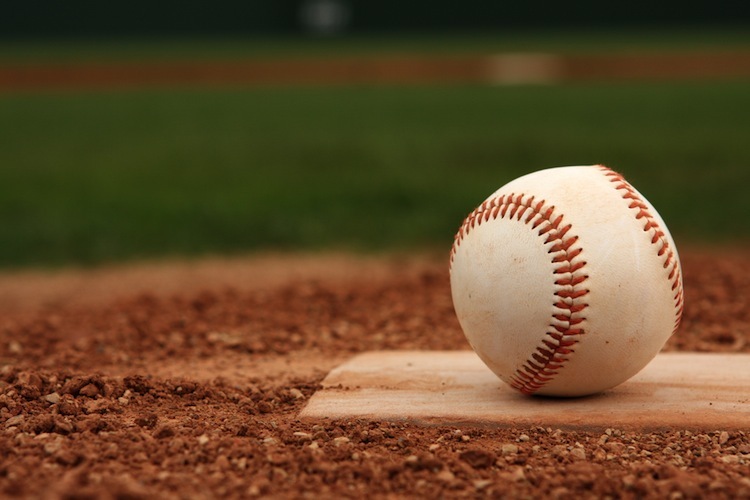
If the balls become too dirty or scuffed up, I may need to use a specialized cleaner or polish to restore their original shine and texture. I always make sure to follow the manufacturer’s instructions when using these products to avoid damaging the balls.
When storing the balls, I keep them in a cool, dry place to prevent them from becoming warped or discolored. I also make sure to keep them away from direct sunlight or extreme temperatures, which can cause the balls to degrade over time.
Overall, maintaining baseballs is an important part of ensuring they are ready for gameplay. By cleaning and storing them properly, I can help extend their lifespan and ensure they perform at their best when it’s time to hit the field.
Difference Between Baseballs and Softballs
When it comes to baseballs and softballs, I can definitely tell you that there are some key differences between the two.
Firstly, in terms of the ball itself, baseballs are smaller and heavier than softballs. A standard baseball weighs between 141.8 grams and 148.8 grams, with a circumference of 22.9 centimeters to 23.5 centimeters. On the other hand, softballs are larger and lighter, with a weight range of 190 grams to 200 grams and a circumference of 30 centimeters to 31 centimeters.

Moreover, the materials used to make these balls are also different. Baseballs are typically made with a cork or rubber center, wrapped in yarn, and then covered with two pieces of white horsehide or cowhide, stitched together with 108 raised seams. Softballs, however, have a cork, rubber, or similar material center, wrapped in cotton thread, and covered with yellow or white synthetic leather or rubber, with at least 88 raised seams.
Another significant difference between baseballs and softballs is the way they are pitched. In baseball, pitchers can throw the ball from various angles, making it more challenging for the batter to hit. In softball, however, pitchers must use an underhand motion, where the ball is released below the waist level. This makes it easier for the batter to hit the ball, as the pitch is slower and more predictable.
Types Of Baseball Pitches

Baseballs Composition

Core (Center)
- Material: The core of a baseball is typically made of a soft, rubber-like material called cork or a synthetic rubber compound.
- Function: It provides the ball with its bounce and resilience.
Winding
- Material: Yarn or thread, usually made of cotton or synthetic fibers, is tightly wound around the core.
- Function: The winding adds weight and durability to the ball, as well as helps maintain its shape.
Cover
- Material: The outer cover of the baseball is made of leather or a synthetic material such as polyurethane (PU). Leather covers are traditional and offer a unique feel, while synthetic covers are more durable and consistent in performance.
- Function: The cover provides the ball with its grip, durability, and flight characteristics.
Seams
- Description: The cover is stitched together along two parallel seams, typically 108 stitches in a professional baseball.
- Function: The seams help maintain the ball’s shape and provide grip for pitchers and catchers.
Specialty Baseballs
- Composition Variations: Some baseballs, especially those used for practice or training, may have different compositions to meet specific needs. For example, training balls may have softer cores or covers to reduce the risk of injury.
Regulation Standards
- Baseballs used in professional and amateur leagues must meet certain standards set by governing bodies such as Major League Baseball (MLB) or Little League Baseball. These standards include the size, weight, bounce, and composition of the ball.
What Brand Of Baseballs Is Good?
1.Rawlings: Known for their high-quality leather and durability. Rawlings is the official supplier of baseballs for Major League Baseball (MLB).
2.Wilson: Offers a range of baseballs suitable for different levels of play, from youth leagues to professional.
3.Diamond: Known for their consistent performance and durability, often used in high school and college leagues.
4.SKLZ: Provides quality baseballs for youth and amateur leagues, known for good value and performance.
Spalding: Offers a variety of baseballs for different levels, known for their reliability and quality.

